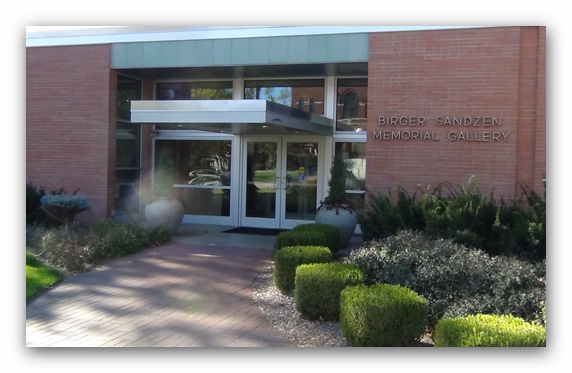Nov 5 2017 - Jan 21 2018
Birger Sandzen Memorial Gallery
Lindsborg, KS
Around sixty works by Joseph John Jones (1909-1963) from the Moffett Collection will tell the story of a radical artist who beat the odds of a rough childhood in St. Louis to be counted as a nationally-important American artist. Jones is known for politically-charged pieces addressing social injustices such as Klu Klux Klan lynchings and workers’ strikes, agitating in his own artistic way for social reforms as a deeply committed member of the American Communist Party. Even as a child of ten years, Jones had run-ins with local St. Louis police, and spent time in a youth detention facility before running away from home to California and getting arrested again for vagrancy. Poverty was a constant companion throughout the artists’s life and in consequence Jones could never afford instruction so was largely self-taught. His political philosophies were also gained through independent reading and thought. Steeped in Karl Marx’s Das Kapital and Communist Manifesto, Jones became a leader in what became known as “Marxart,” featuring depictions of workers of the world uniting and achieving a better society for themselves. The artist’s sense of regional ties is expressed through gritty scenes of American life in the Heartland countryside as well as in urban settings included in this exhibition. Supplemental works by close friends such as Henry Varnum Poor (1887-1970) and colleagues.
Credit: Exhibition overview from museum website
Whether you go or not, Joe Jones: Radical Painter of the American Scene is a long-overdue consideration of the life and work of Joe Jones (1909–1963), an American scene painter and social realist from St. Louis. The book examines Jones’s meteoric rise from humble housepainter to established artist of national importance and recognition. It considers his work in terms of its modernism, relationship to Communism and issues of race, as well as the artist’s involvement with locale, ideas about authenticty and social commitment, and the aesthetic debates of the 1930s. Five essays place Joe Jones in social and art-historical context, exploring his significance in the St. Louis art world, the centrality of race and social justice to his life and work, the Dust Bowl, the Ste. Genevieve art colony, and Jones's years in New York.
Exhibition Venues & Dates
Nov 5 2017 - Jan 21 2018
Birger Sandzen Memorial Gallery
Lindsborg, KS

